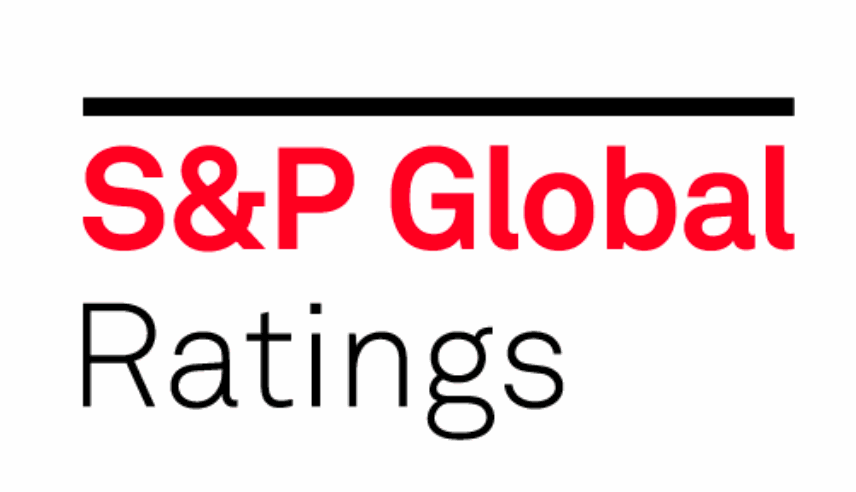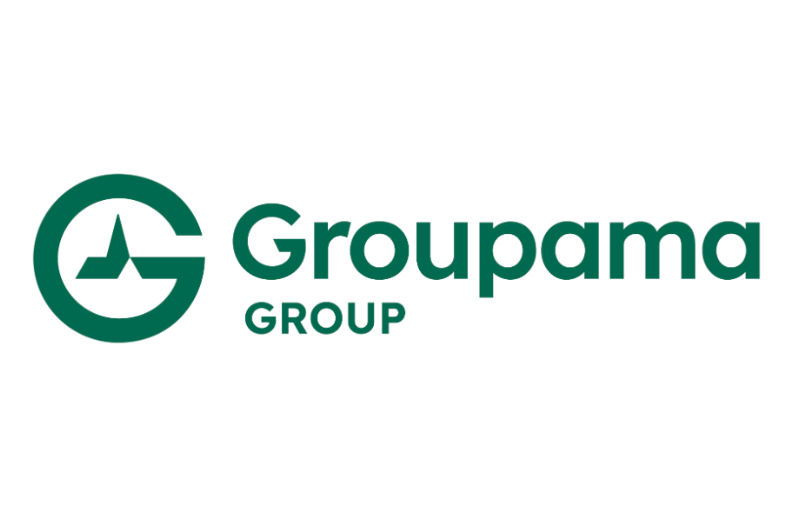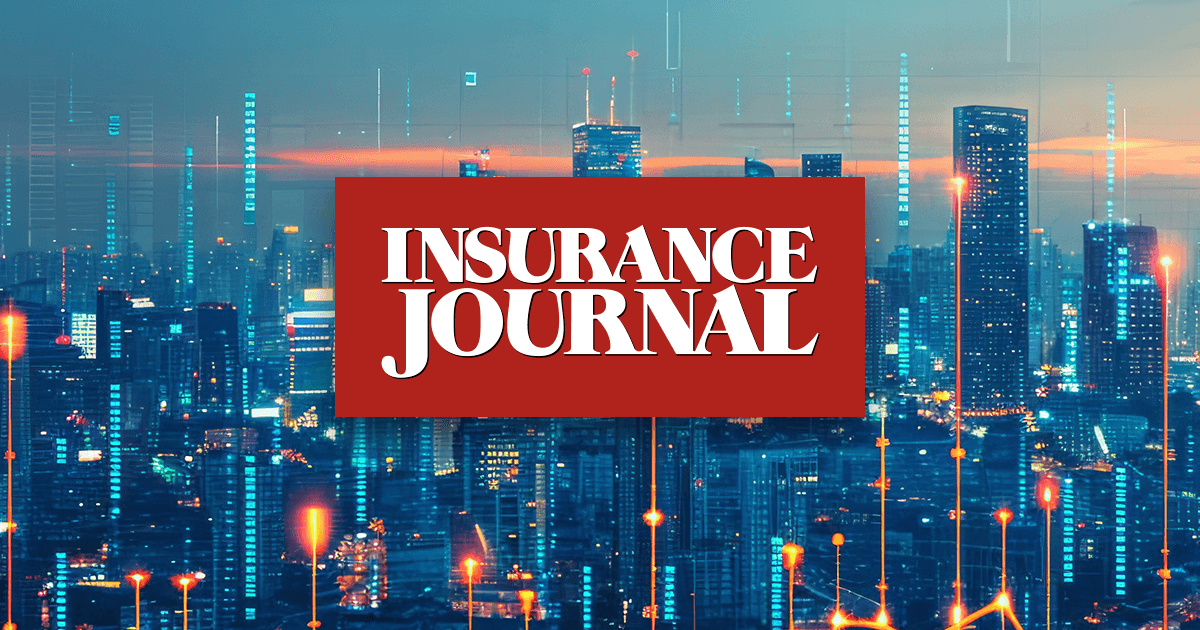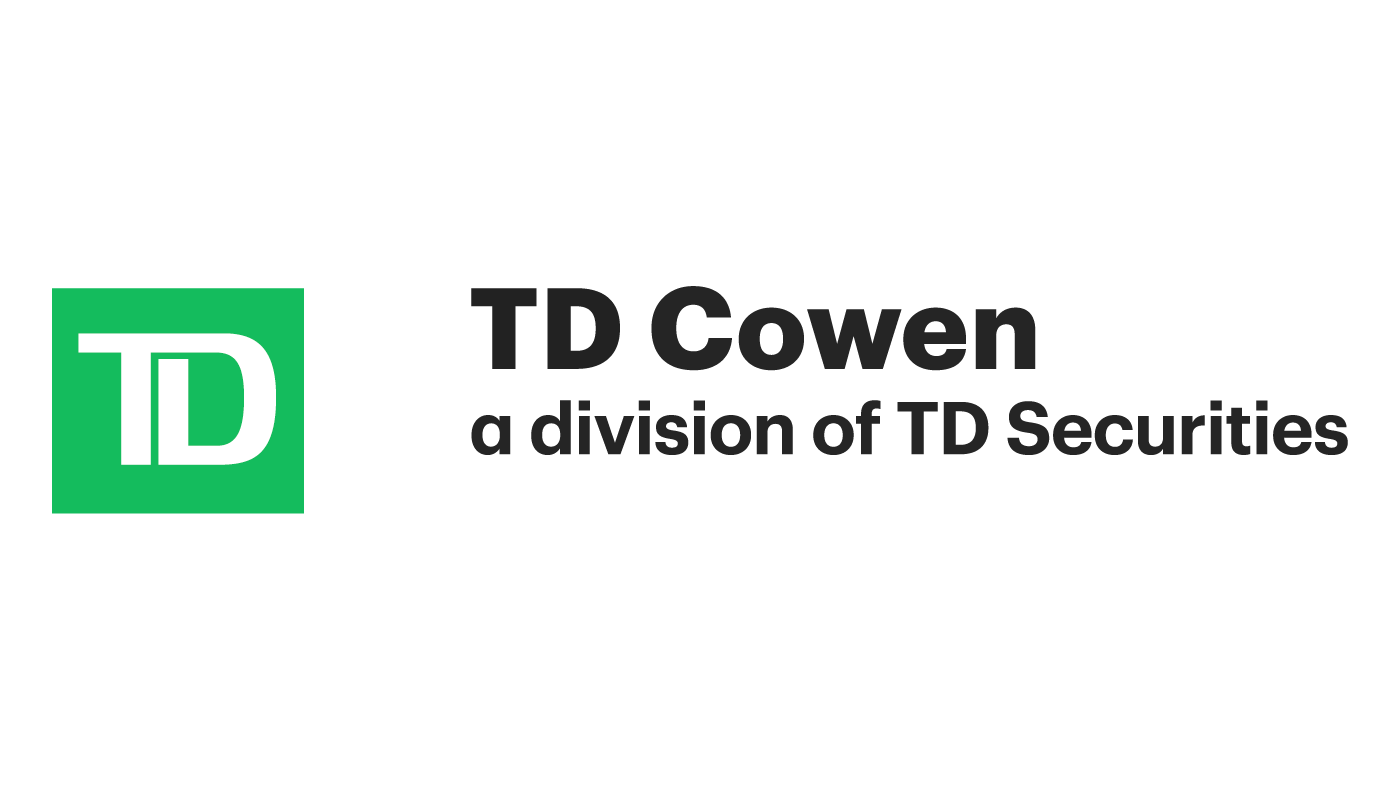
As per S&P Global Ratings, despite several catastrophe bonds defaulting following record-high insured losses from the California wildfires in early 2025 and through recent catastrophe years, the default rate across both rated and non-rated catastrophe bonds remains very low at just 2.3%.The rating agency recently published a new report that provides insights from historical catastrophe bond defaults.Catastrophe bonds typically provide 12-month coverage, though some may cover multi-year periods.S&P noted that certain aggregate deals not structured on a calendar-year basis defaulted in early 2025, as losses from both 2024 and 2025 accumulated.
“According to our estimates, wildfires in California have already caused insured losses of about $40 billion in the first quarter of 2025.Additionally, the U.S.suffered meaningful severe convective storm losses in the first half of 2025.
This means aggregate deals running on a calendar-year basis will be relatively more exposed to the hurricane season in the U.S.this year than they may have been in recent years,” S&P explained.Historically, defaults on insurance-linked securities (ILS) rated by S&P have been relatively low.
From 2006 to 2019, the average default rate of rated ILS was just 1.1%, with most defaults tied to collateral shortfalls, swap counterparty failures, or non-natural catastrophic events.It’s important to remember that very few catastrophe bonds have ever been rated, with the proportion of deals that get rated declining further in recent years.However, S&P analysed Artemis’ data and said it suggests a low historical average ILS default rate of only 2.3%, when including both rated and non-rated issues.
Data also shows that historical defaults rose above 10% in 2017, when category 5 hurricanes Harvey, Irma, and Maria caused aggregate insured losses of roughly $90 billion.The percentage loss on the outstanding nominal amount that year was similar to 2011, the second-highest year on record, driven mainly by the Tohoku earthquake and severe U.S.thunderstorms.
S&P also went on to explain that in 2024, the number of defaults in the catastrophe bond market was below the average, even though 2024 was the sixth-costliest year on record, with insured annual losses from natural catastrophe events exceeding $145 billion.Further into the report, the agency notes how historically, the number of catastrophe bond defaults peaked when sizeable events with insured losses of at least $10 billion incurred.“Because of the preponderance of deals with per-occurrence triggers, exposure to frequency risk has contributed less to catastrophe bond defaults than exposure to severity risk.
Additionally, some aggregate deals may include event deductibles that mitigate exposure to smaller events,” S&P explained.Citing Artemis, the agency also noted that at least one U.S.hurricane has contributed to more than 50% of catastrophe bond defaults.
“This reflects catastrophe bonds’ large exposure to this peril, either in the form of named-storm or multiple-peril insurance.Other markets that have experienced ILS defaults due to tropical storms, earthquakes, or bushfires over the past two decades include Japan, Mexico, and Australia,” S&P added.Another important factor that the agency highlights, is that catastrophe bonds with low attachment probability or low expected loss can default as well.
Using the issuance as an example, S&P explained that two tranches of notes defaulted in 2021 after Hurricane Ida made landfall in the U.S.state of Louisiana.These tranches, which were not rated by the agency, had an expected loss of 0.44% and 0.63%, highlighting that even low-risk transactions can default.
S&P Global Ratings credit analyst Charles-Marie Delpuech, commented: “We believe modelled metrics provide relevant and useful information but may present some limitations and may not be fully comparable across transactions for the purpose of understanding credit quality, for instance.They are generally model-driven and rely on a broad range of assumptions that may be deal-specific.”.All of our Artemis Live insurance-linked securities (ILS), catastrophe bonds and reinsurance can be accessed online.
Our can be subscribed to using the typical podcast services providers, including Apple, Google, Spotify and more.
Publisher: Artemis








